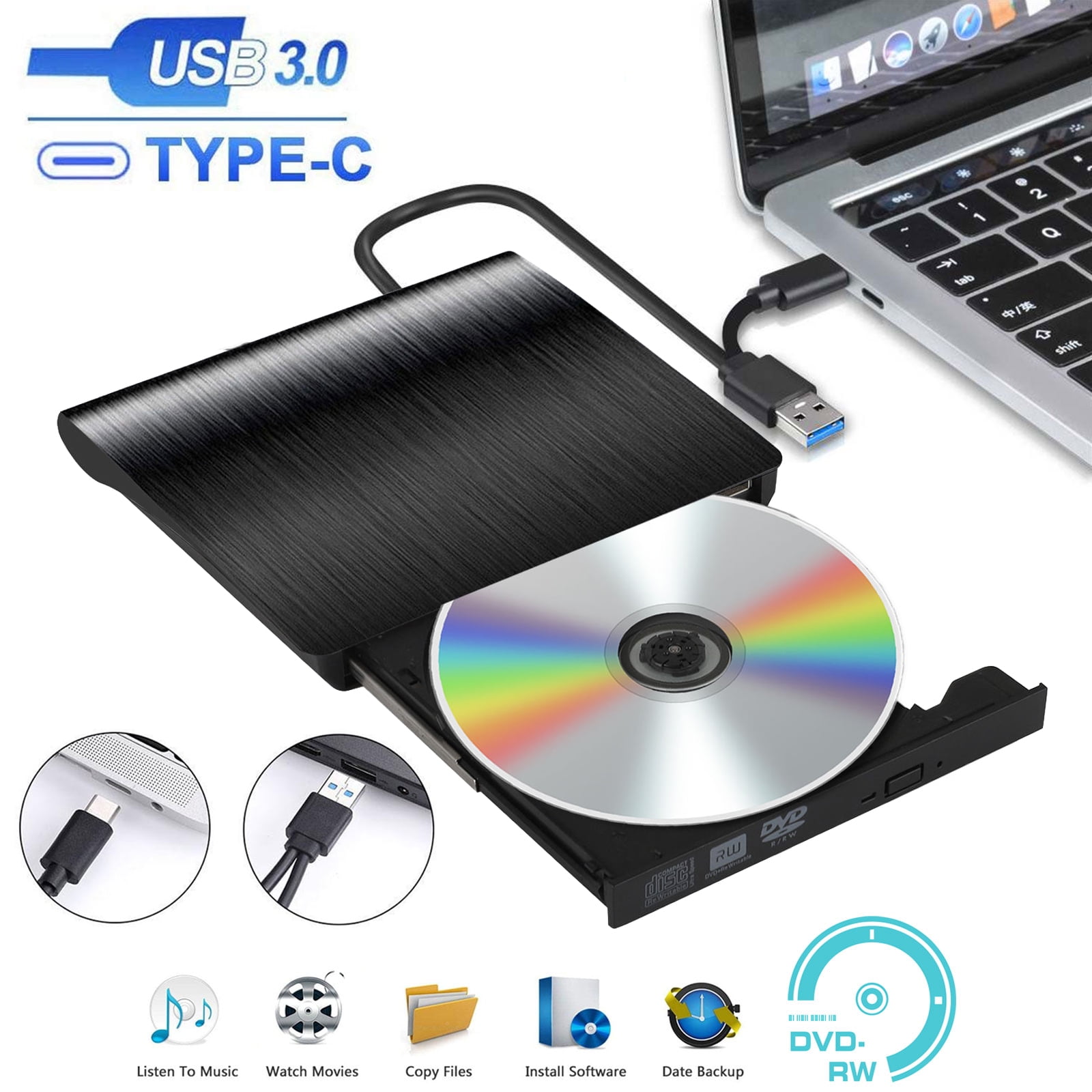

The following is the anatomy of the Terminal code we are using:

Every person's hard drive and backup folder names will be different. The proper pathway is critical for this to work. Enter your system password and click Unlock on the popup screen.Select Click the lock to make changes at the bottom left of the screen if this screen is locked.Otherwise, you won't have permission to follow the remaining steps of this process. If you're using macOS Mojave or later, you will first need to change the permissions for Terminal on your Mac. We're going to use Mac's Terminal app to create a symbolic link to trick iTunes into backing up onto your external drive rather than the boot drive," Cohen said. They work at a low enough level that applications and operating system functions don't have as hard a time with them as they do aliases. An older way of creating those connections is more reliable for actions like what we want iTunes to do: Symbolic links, aka symlinks. "Some applications don't follow aliases properly.

When you create a symlink, you create a new path for Finder to take to get to the backups folder.įormer iMore writer and Mac genius Peter Cohen explains symlinks perfectly: In this step, you'll create a symlink - or symbolic link. You'll have to move the folders back to your Mac instead of manually. If you don't perform this step, your computer won't back up your iPhone or iPad anymore. This is the most complex and essential step to moving your iOS backups to an external hard drive. Step 3: Create a symlink to tell your computer the new location of your backups


 0 kommentar(er)
0 kommentar(er)
